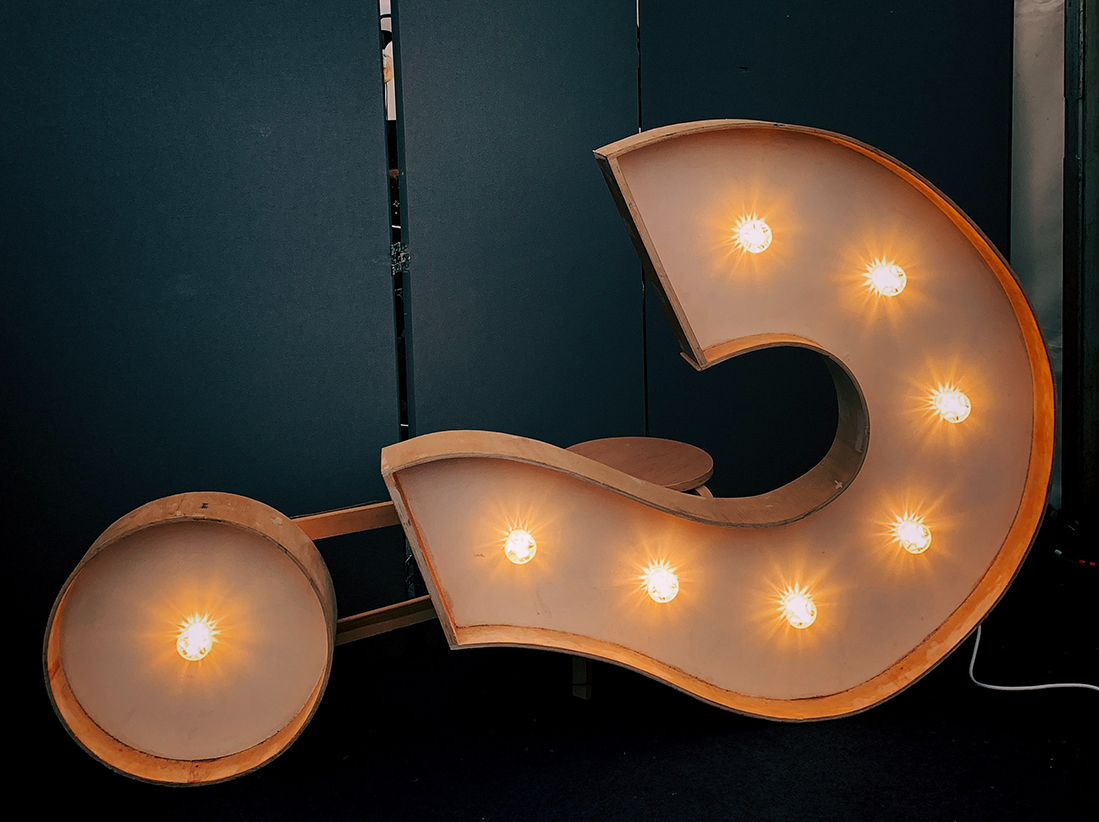10 Tips for Presenting Designs to Clients to Keep Projects Moving Forward
It’s a common part of the job – presenting design work to clients. Practice doing it well so you can keep projects moving in the right direction and toward the finish line.
If you need a little push, these tips can help. We’ll be looking at how to lay the groundwork, approach challenging topics, clearly show your solution, and weave a narrative with your client.
Let’s dive in!
1. Lay the Groundwork

A good presentation is a lot like a good novel. The beginning sets the stage for what’s to come, then builds to the main action, and finally, everything comes together in a neat conclusion.
When you are showing design projects to clients, follow this concept to help plan the presentation. Pay special attention to the first part to ensure you lay the proper groundwork for the project, audience, goals, and expected outcomes.
For small projects, the foundation may be rather simple and is only a few sentences or a single slide during your presentation. Often, an example of a current design element is a good reminder of why the project exists.
For larger projects, the foundation might need a little more explaining and include market research or other non-design work product that went into shaping the outcome you are about to show.
No matter the size or type of project, it is important to provide context about the problem you are solving. Reiterate who the design is for and goals for the project.
2. Talk Challenges
This can be one of the most uncomfortable elements during some presentations, but it is ok to discuss constraints of design challenges.
These can be any number of things and the reason to talk about them – albeit briefly is probably best – is to show that you understand objections and have thought through many of them.
This can also provide a little insight to non-design about your process and help them better understand design decisions based on the information, time, and budget at hand.
3. Show the Solution

This is the fun part of presenting work to clients – showing off the final (or working) design.
Everyone will give you a different magic number of designs to show a client. (Oddly enough, I don’t even use a consistent number. I base how many designs I show on the client, and the feelings I got about the project from initial meetings.)
The balance is to show opportunities for final designs while not overwhelming the client with too many ideas or options.
When in doubt, show your two best working concepts, and have one or two more ideas in your back pocket just in case.
4. Define Unfamiliar Terms or Keywords
As you navigate the presentation, it is important to get a feel for who is in the room – physically or virtually – so that you can stop and explain unfamiliar words or jargon if someone looks lost.
As a general rule, it is best to avoid too many “designer words.” But because these terms are probably part of your everyday vocabulary, they will slip out. Go back and provide a contextual definition if someone looks lost.
And don’t make them ask. If you see a blank look, define the jargon or design terminology with a bit of context, and then move on. Work it in so that it seems intentional and doesn’t draw attention to the person who didn’t know.
5. Stop and Allow Questions

Plan natural pauses in the flow of the presentation for questions.
Sometimes if you want until the end, people can forget or it can be difficult to get back to that train of thought or explanation. Shorter bursts of information paired with the opportunity for questions keep a natural feedback loop in play.
The link will also keep you can the client audience more engaged in an active conversation rather than a simple design presentation. It can also help you read the audience to help shape later parts of the presentation, skip ahead if something isn’t relevant, and provide an idea of where they are leaning in terms of the concepts on display.
6. Show the Process or an Alternative
This directly goes back to showing design work. Explain the process for the top contender – you don’t have to do it for all of the design options – and preview an alternative.
Weight the options against each other. What are the pros and cons of each option?
This also creates a great place to insert a pause for questions.
7. Weave a Narrative

Don’t forget your storytelling skills. Weave a narrative into the design. How did it come together, what was the ah-ha moment, why does the design solve the problem outlined at the beginning of the project?
The best presentations have a story quality to them. Don’t just read slides or recite data points. Tell the story of the design and why it works.
8. Use Visuals
You might be giggling at this tip because it seems so obvious. If you are presenting a design project, you have to use visuals, right?
Note visuals. Plural. If you only have one visual element to show, that’s not going to encapsulate the story of the design.
You need multiple visuals to really get the message across.
A website design draft might include a home page as well as one or two other page types, and detailed images of key features or design elements that make this project special.
The big design picture is important, but it can be the little things that push people over to the “love it!” side of the equation.
9. Explain What’s Next

Are there next steps to the project?
Often that includes a timeline for the approval process of the design presented and edits. It may also include components of other design elements that are related to the project r later phases or iterations of the design.
It’s always a good practice to create a pathway for moving ahead with a clear trail. Make it clear what needs to happen now, in the next week, and in the next month to keep the project on the right track.
10. Control the Format
Design presentations may happen in person or virtually. Make sure you control the environment by getting comfortable with the tools, the environment, and the content of your presentation in advance.
The last thing you want is for a project to stall because of poor delivery. Practice in advance, use tools that you understand and work well for where you are presenting, and ask questions of the host ahead of time if you have them.
Conclusion
Presenting designs can be one of those tasks that some creatives loathe. But it doesn’t have to be. The trick is to remember that you are way closer to the design than those you are presenting to.
Break it down. Go slow. Answer questions and talk about the design in terms that make sense to the broadest audience. And remember to incorporate visuals into the presentation so that you can show and tell at the same time.